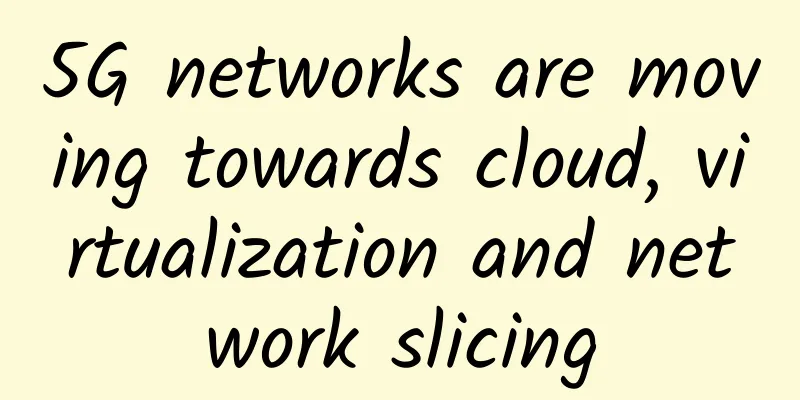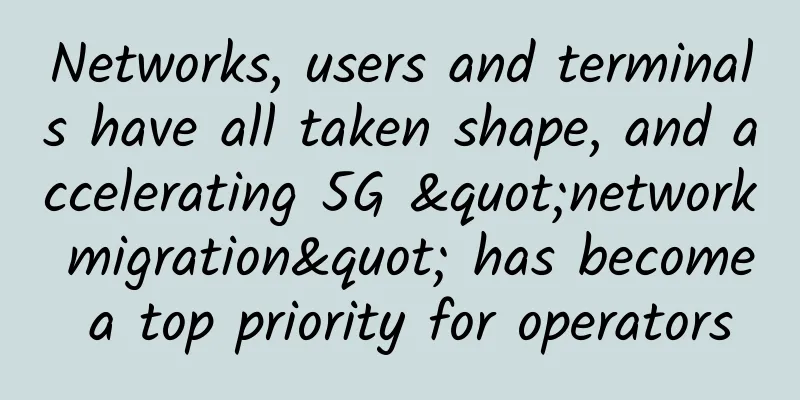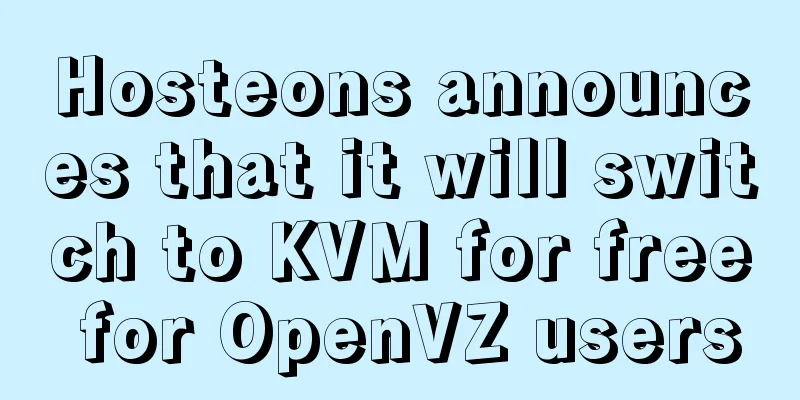Microsoft announces that US operator AT&T's 5G mobile network business will be migrated to Azure cloud service
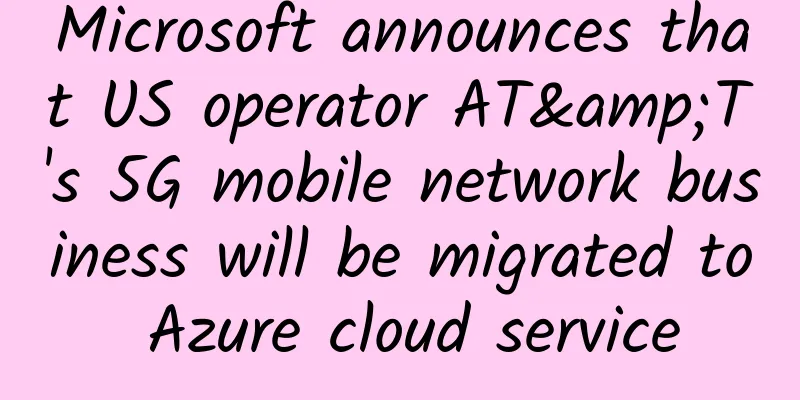
|
Microsoft announced today that US telecom operator AT&T will gradually migrate its 5G mobile network business to Microsoft's Azure cloud service platform in the future. This marks the first time that the operator's core network services will run on a third-party cloud platform, and future workloads will be carried out using Azure for Operators.
Microsoft also announced that it will acquire AT&T's carrier-grade network cloud platform technology and related talents. This core technology will greatly help Microsoft improve its cloud service level and be used to develop and deploy cloud services for virtual operators. In the future, Microsoft will use Azure for Operators to provide support for more telecom operators. Officials said that Microsoft's deployment of AT&T cloud services and related software will begin immediately, and AT&T's existing business will be fully migrated to the Azure platform within the next three years. Andre Fuetsch, executive vice president of AT&T, said that AT&T has one of the most powerful backbone networks in the world, providing services to hundreds of millions of users. The company's team has proven that running business in cloud servers will improve speed, security and cost. Microsoft's decision to acquire these assets proves that AT&T is a leader in technologies such as network virtualization, innovation and telecommunications-grade cloud stacks. Next, operators around the world will enjoy the results of this technology, which will be conducive to sustainable development and improved security. Microsoft's expertise and global influence in cloud services are very suitable for this project. Jason Zander, executive vice president of Microsoft Azure, said that with Azure, operators can provide more flexible and scalable service models, reduce infrastructure construction costs, and use AI technology to automate operations. |
Recommend
Without 5G performance guarantees, can operators fully exploit this opportunity?
Private 5G networks are attractive to the largest...
WeChat's strongest rival! The three major operators have begun to deploy 5G messaging on a large scale
[[358302]] 5G messaging, which is seen by the ind...
[11.11]edgeNAT: 40% off on all VPS, US/Hong Kong/Korea VPS monthly payment starts from 36 yuan, top up 500 yuan and get 100 yuan free
Double Eleven coincides with the fourth anniversa...
2017: China's first robot firewall launched a powerful attack to break the curse of black production and enhance the security future of online business!
[[188847]] The rise of the digital economy has ma...
ENOs and Private LTE: Intelligent Connectivity for Smart Factories
Manufacturing processes and operations are underg...
51CTO takes you to the scene of the 2017 Huawei All Connect Conference wonderful photos
[51CTO.com original article] The three-day 2017 H...
iWebFusion cluster server starts from $109/month, 4C/8C/16C optional, 5 data centers in Los Angeles/North Carolina
iwebfusion (iWFHosting) recently launched cluster...
vivo HTTPDNS end-to-end experience optimization practice
In the information age, users' mobile applica...
2021CHINC, to be continued! New products, new solutions, new values, we are different!
As an annual grand event for medical information ...
Introducing social capital to solve the 5G network construction dilemma
Three months after the issuance of 5G licenses, t...
Hosteons: Free upgrade to 10Gbps ports in Los Angeles/New York/Dallas, KVM annual payment starts at $21
In January this year, Hosteons began to provide 1...
5G base stations were burned down, and some community base stations were forced to be demolished...
Nowadays, mobile communication technology has pen...
5G applications with over 100 million users have crossed the starting line
The development of 5G networks is in full swing. ...
LOCVPS National Day Promotion: 40% off for Netherlands/Germany/Russia (CN2) VPS, 20% off for all items, top up 100 yuan and get 10 yuan free
LOCVPS has released a special discount plan durin...
Liu Duo from CAICT: There are 32,000 5G base stations used in the industrial Internet
At the 2020 China 5G+ Industrial Internet Confere...



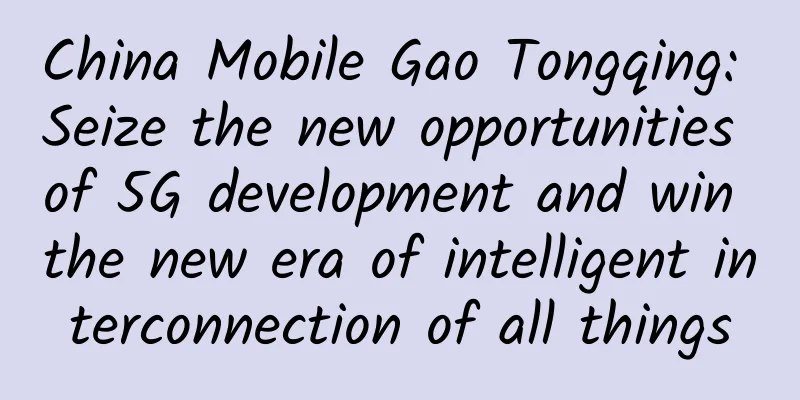
![[Black Friday] DesiVPS: 1Gbps unlimited traffic high-security VPS annual payment of $26.99, free IP change once a month, Los Angeles data center](/upload/images/67cac01b325a5.webp)
